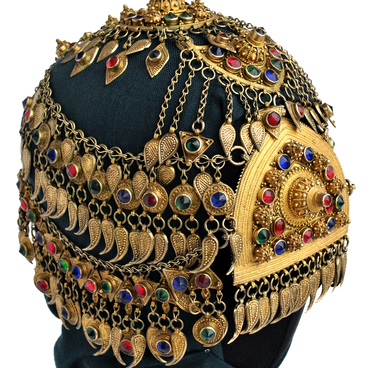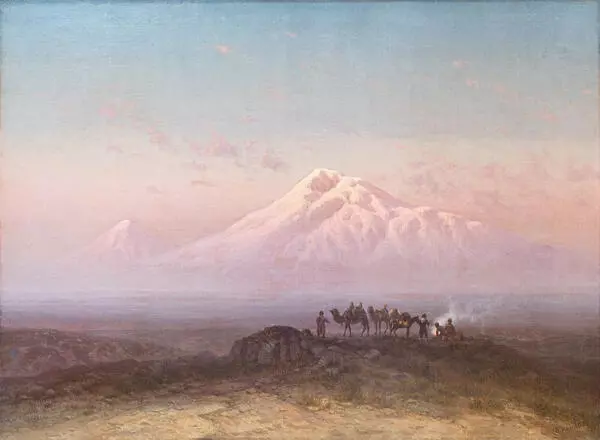Ilya Zankovsky (1832–1919) was not a professional artist. He received military education and attended the Academy of Arts only for a year as a non-matriculated student. However, this experience allowed him to master the basic skills of painting and to acquire a style of his own.
Zankovsky’s artistic biography is inextricably associated with the mountain landscapes of the Caucasus. In 1864, he had to leave the Academy of Arts and to serve in the military topographic department of the General Staff of the Russian Army in Tiflis. It was assumed that Zankovsky would return to art classes after the internship, but life judged differently. An uprising broke out in Poland, and it would be unsafe for an artist of Polish origin to reside in St. Petersburg, at that time the capital of the Russian Empire. Therefore, Zankovsky decided to continue his service in Tiflis, not forgetting about painting. During the many years he spent in the Caucasus, Zankovsky traveled to Dagestan, Azerbaijan, Georgia and Armenia.
Zankovsky’s artistic biography is inextricably associated with the mountain landscapes of the Caucasus. In 1864, he had to leave the Academy of Arts and to serve in the military topographic department of the General Staff of the Russian Army in Tiflis. It was assumed that Zankovsky would return to art classes after the internship, but life judged differently. An uprising broke out in Poland, and it would be unsafe for an artist of Polish origin to reside in St. Petersburg, at that time the capital of the Russian Empire. Therefore, Zankovsky decided to continue his service in Tiflis, not forgetting about painting. During the many years he spent in the Caucasus, Zankovsky traveled to Dagestan, Azerbaijan, Georgia and Armenia.







